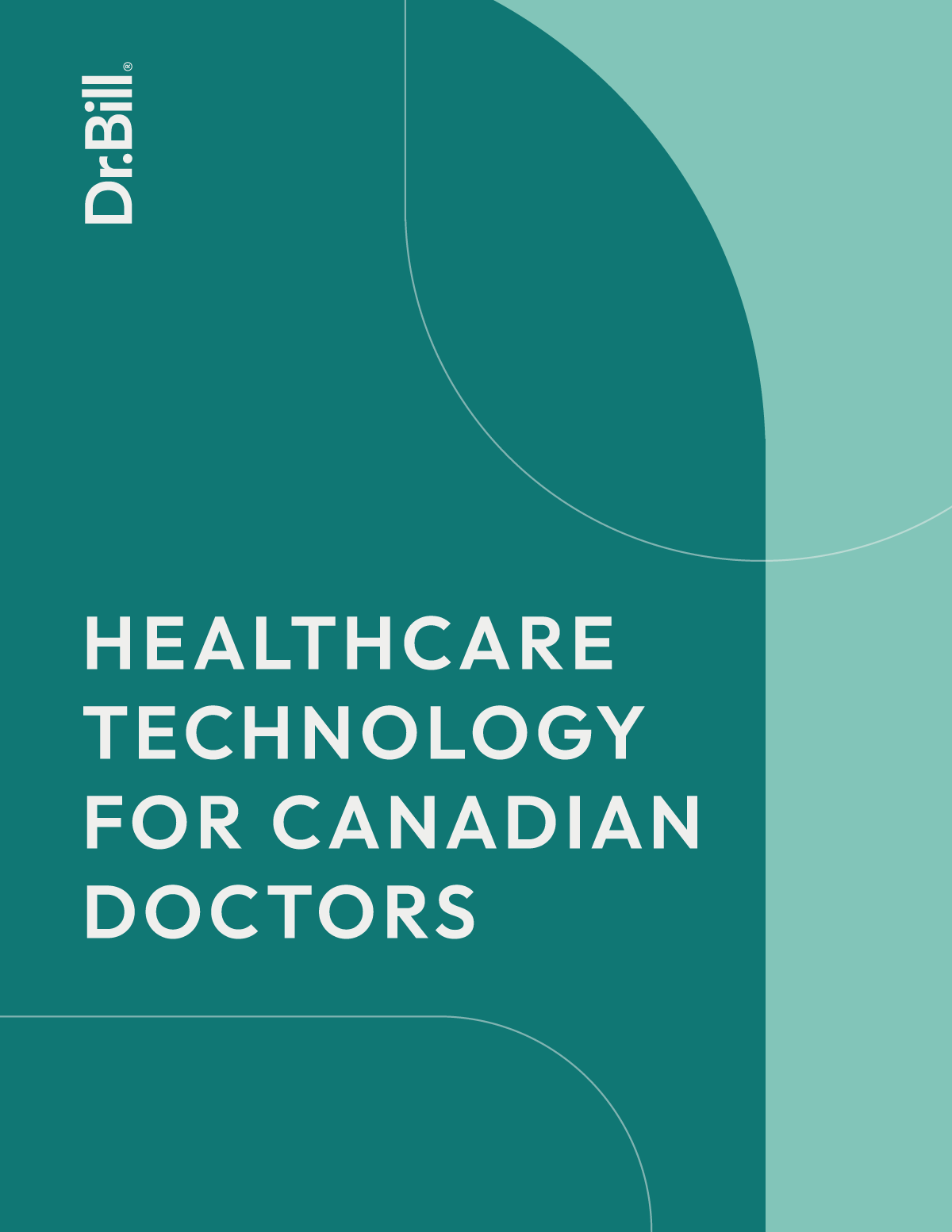Now that you’ve decided to strike out on your own, you might feel overwhelmed by all the decisions you have to make. Hiring employees, choosing office space, and finding other doctors to support your practice are all important parts of setting up shop – but without the capital to support it, it’s hard to make it happen.
Luckily, loans for medical professionals can be easier to get than conventional business loans. This is because medical practice business loans come with an added layer of security for the lender – you! Your years of education and experience make medical practice startups a great bet for investors. With that in mind, lets look at some of the ways you can obtain the right medical practice loans for your new enterprise.
1. Create a business plan
Before you look at funding your practice, you should take into consideration the different types of medical practices available. The budgeting needs of a sole proprietorship will be different from a partnership or a larger corporation, and so will the avenues for funding your practice. The average loan for medical professionals starting a new practice is between $70,000-100,000, and this will vary greatly by the size and setup of your operations.
You’ll find it easier to see the size of the loan you need if you can conceptualize the needs of your practice. How many staff are you planning on hiring? How many other doctors will be operating out of your medical practice? Are you planning on leasing office space or buying a building? The answers to all these questions will impact the dollar amount you will be looking for, and in turn, the amount you are looking to receive will impact the types of loans and lenders that will best suit you.
Whichever route you choose, having a great business plan is essential for building trust with your investors. At the very least, your business plan should include:
-
A timeline of your medical practice’s income (at least 1 year but up to 5).
-
The costs associated with operating your medical practice
-
An analysis of the market and the competition in your area
The more detail you can provide and the more research you can do into medical practices of similar size and location, the better you will be able to prove to your lenders that what you’ve built is worth the investment. It will also help you cut down on your own risk, as careful consideration of the costs involved will keep you from any unpleasant surprises in the future.
2. Determine your best source of funding
Once you have determined the amount you need for your medical practice business loan, the next step is to choose an option for financing. You could go through a major lender like a bank, choose a lender specifically for medical practice business loans, use alternative practices like private equity, or reach out to friends and family members.
The best source of funding for your business depends not only on how much money you need, but also on your level of risk and how long it will take before you’re able to repay. If you have good credit and a stable business plan, choosing to sign a loan with a bank or major lender may be the right way to go. Getting capital from friends, family members, or alternative lending sources like private equity firms is a great way to pay less in interest and have a bigger safety net if anything goes wrong. However, many major lenders offer medical practice business loans with low interest rates, an interest only grace period, and flexibility for maternity and paternity leave – something that may not be accessible to you from alternative sources.
3. Determine the type of funding you need
There are all kinds of scenarios available for financing your medical practice:
Fixed term loans:
You receive a lump sum amount of money and then repay it over a set time and rate.
Lines of credit:
You receive access to a revolving credit line and only pay interest on the amount you need.
Short term loans:
You receive a lump sum of money with a 3-12 month loan term to cover seasonal cashflow problems.
Equipment loans:
Using your equipment as collateral, you receive the funds for office materials and medical devices.
The combination of funding options you need depends on the needs of your business as set out in your business plan. For example, if you’re buying an existing medical practice, a fixed term business loan might be all you need to cover your initial investment, plus an equipment loan or line of credit to finance new upgrades to the practice. If you’re just starting up and you want flexibility in your spending and repayment terms, you might choose a line of credit. If you’re already established in your field but moving practice, you could add a short-term loan to cover any seasonality in your first year of operations.
Another option for your medical practice business loan is invoice factoring. This allows medical companies to get paid up front for unpaid invoices from private insurance companies. You provide the invoice to the invoice factoring company and they return you 80-90% of the value of that invoice. Then, when they get the funds from the insurer, you receive the final 10-20% of your invoice amount, less the fees charged. This would be useful for smaller medical practices as it would allow you to cover any cashflow shortages caused by delayed billing.
As a medical professional, you will most likely be asked to sign as a personal guarantor for the loan, with your education and experience acting as the loan’s collateral. Is this something that is right for you and your family? Will you be able to make the payments if your business doesn’t do as well as you had hoped?
In general, lenders prefer to keep your expenses, including rent, any bills, and the loan you are applying for, below 35% of your total income. Lenders will look at your Total Debt Service Ratio (TDSR), the proportion of your monthly expenses to your total monthly income, to determine the feasibility of your loan. Making this calculation will greatly help you in obtaining your medical practice business loan, as well as give you a better idea of what you can afford to spend.
4. Talk to different lenders
It’s always a good idea to shop around – and when you’re making a decision that will affect your practice for years to come, it’s even more important to do your due diligence! If you’re starting off with a major lender, check out interest first. Different financial institutions will offer different rates, different benefits, and different levels of flexibility for your business. The terms of your loan agreement will vary greatly across financial institutions, so don’t be afraid to ask questions.
Another option for new medical practice business loans is the Canada Small Business Financing Program, which helps small businesses in Canada to get loans from lenders that they otherwise might not qualify for. This can be applied to through any of the major lenders and makes small business loans more accessible for Canadian businesses.
If you’re choosing to finance the costs of your medical practice loan through friends or family, making sure you have a good repayment schedule in place will help you keep a strong relationship with your new lenders – even if you’re used to seeing them at the dinner table. Here is a great business loan calculator to create a schedule of your own.
5. Check with the pros
Before you sign the paperwork, it’s always a good idea to get a second opinion. Talking to a trusted financial advisor, accountant, or tax planner will give you an idea if the financing plan you’re setting up is right for you long term. Many major lenders will have certain debt service covenants in place that you must abide by to be onside with your loan. These covenants are usually based on your financial statement line items, and failure to meet these covenants could break the term of your loan agreement and make the lender call back the loan. A good financial professional can assist you in preparing to meet your financial goals ahead of time – so it’s best to start off on the right foot.
6. Read the fine print
The last step to finalizing your business loan is doing your due diligence – read over your loan terms closely before you sign, and take a careful second look at the loan terms available to you. The lender will also be doing their due diligence on you, so get ready to provide any research or backup information to support your business plan.
Now that your funding is in place, you can get back to what’s important – providing a great patient experience!
This article offers general information only and is not intended as legal, financial or other professional advice. A professional advisor should be consulted regarding your specific situation. While information presented is believed to be factual and current, its accuracy is not guaranteed and it should not be regarded as a complete analysis of the subjects discussed. All expressions of opinion reflect the judgment of the author(s) as of the date of publication and are subject to change. No endorsement of any third parties or their advice, opinions, information, products or services is expressly given or implied by RBC Ventures Inc. or its affiliates.







